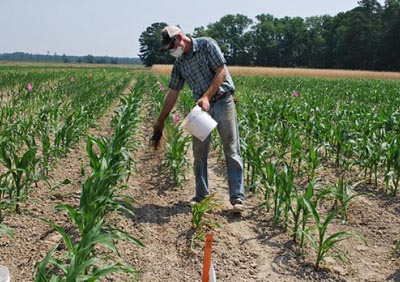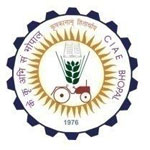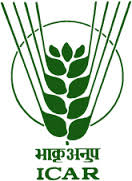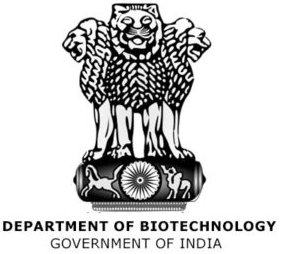About Agriculture Biotechnology
Agricultural biotechnology is a collection of scientific techniques used to improve plants, animals and microorganisms. Based on an understanding of DNA, scientists have developed solutions to increase agricultural productivity. Starting from the ability to identify genes that may confer advantages on certain crops, and the ability to work with such characteristics very precisely, biotechnology enhances breeders’ ability to make improvements in crops and livestock. Biotechnology enables improvements that are not possible with traditional crossing of related species alone. 
Genetic engineering: Scientists have learned how to move genes from one organism to another. This has been called genetic modification (GM), genetic engineering (GE) or genetic improvement (GI). Regardless of the name, the process allows the transfer of useful characteristics (such as resistance to a disease) into a plant, animal or microorganism by inserting genes (DNA) from another organism. Virtually all crops improved with transferred DNA (often called GM crops or GMOs) to date have been developed to aid farmers to increase productivity by reducing crop damage from weeds, diseases or insects.
Molecular markers: Traditional breeding involves selection of individual plants or animals based on visible or measurable traits. By examining the DNA of an organism, scientists can use molecular markers to select plants or animals that possess a desirable gene, even in the absence of a visible trait. Thus, breeding is more precise and efficient. For example, the International Institute of Tropical Agriculture has used molecular markers to obtain cowpea resistant to bruchid (a beetle), disease-resistant white yam and cassava resistant to Cassava Mosaic Disease, among others. Another use of molecular markers is to identify undesirable genes that can be eliminated in future generations.Molecular diagnostics: Molecular diagnostics are methods to detect genes or gene products that are very precise and specific.
Molecular diagnostics are used in agriculture to more accurately diagnose crop/livestock diseases.
Vaccines: Biotechnology-derived vaccines are used in livestock and humans. They may be cheaper, better and/or safer than traditional vaccines. They are also stable at room temperature, and do not need refrigerated storage; this is an important advantage for smallholders in tropical countries. Some are new vaccines, which offer protection for the first time against some infectious illnesses. For example, in the Philippines, biotechnology has been used to develop an improved vaccine to protect cattle and water buffalo against hemorrhagic septicemia, a leading cause of death for both species.
Tissue culture: Tissue culture is the regeneration of plants in the laboratory from disease-free plant parts. This technique allows for the reproduction of disease-free planting material for crops. Examples of crops produced using tissue culture include citrus, pineapples, avocados, mangoes, bananas, coffee and papaya





